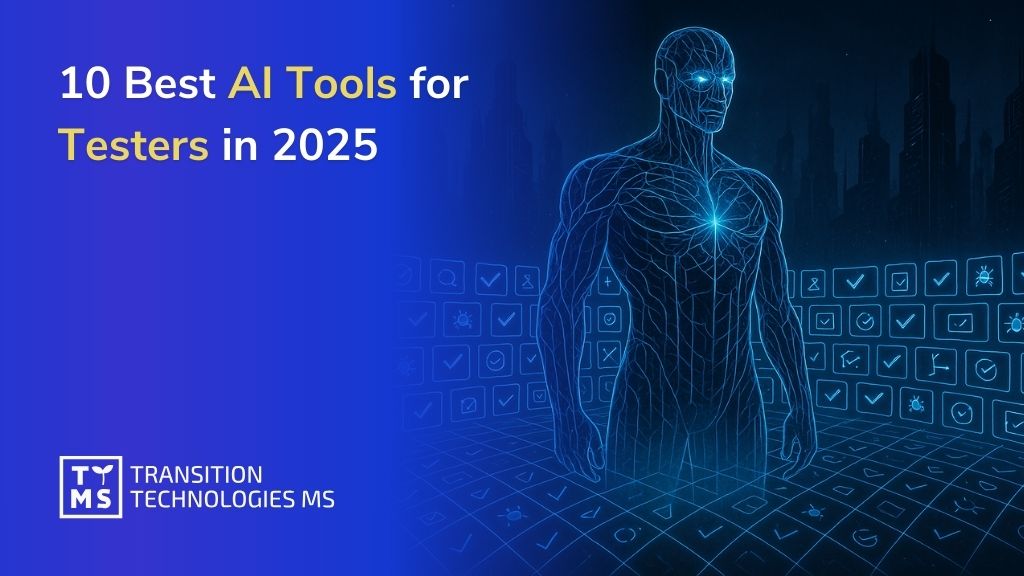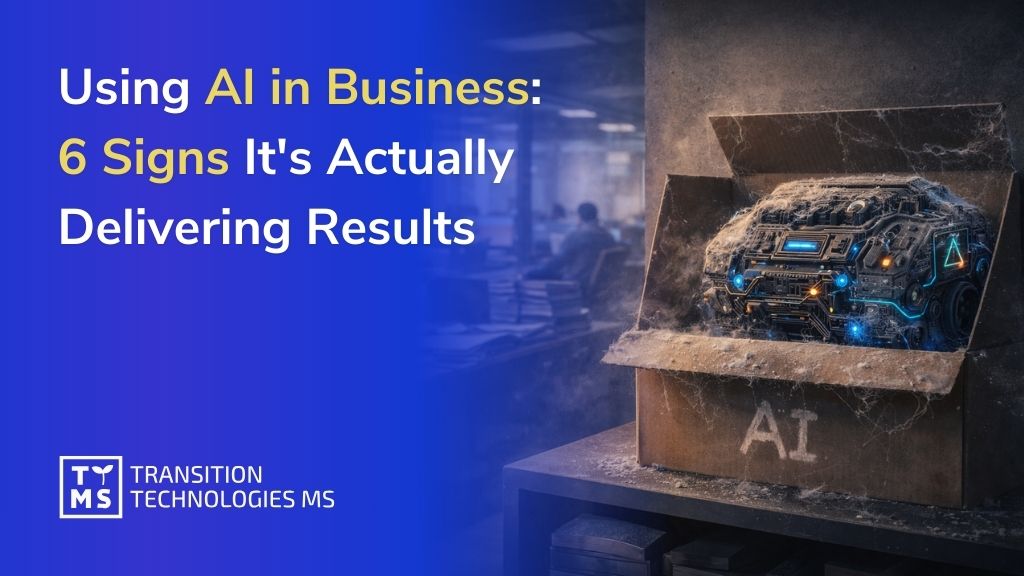
Is employee training still expensive, time-consuming, and hard to scale? Just a few years ago, the answer would have been yes. But today — in the age of remote work, global teams, and rising expectations towards HR and L&D departments — e-learning has become not just a viable alternative to classroom training but often its strategic successor.
This article is dedicated to people who stand at the intersection of team development and business efficiency: operational managers, HR Business Partners, HR managers, and Chief Learning Officers (CLOs). If you’re wondering how much it really costs to produce an e-learning module, who’s involved in the process, what drives the final budget, and — most importantly — how to reduce these costs without sacrificing quality, you’re in the right place.
In the sections below, we’ll break down the cost of e-learning into its components. We’ll show that effective online training is not just about technology, but above all about good planning, smart production decisions, and conscious resource management. You’ll discover why the per-minute rate for a course can range from a few dozen to several thousand euros — and what factors drive these differences.
Let’s start with the basics: what exactly makes up the cost of an online course?
1. What Makes Up the Cost of E-learning?
If you ask an e-learning provider for a price and hear the answer: “it depends” — that’s actually true. But only partially. Yes, costs can vary, just like with any project. That’s why it’s worth understanding what exactly makes up this cost.
You don’t need to know every technical detail or remember each stage of production. All you need is a general understanding: creating e-learning is a process. And a multi-stage one — without it, no meaningful training can be developed. If a company tries to skip any of these steps, the outcome will be, to put it mildly, disappointing. And your budget will go to waste.
So what exactly does the cost of e-learning consist of?
Here are the key stages:
- Training needs analysis – understanding the course’s purpose, audience, and expected outcomes. This is non-negotiable.
- Script and storyboard – the skeleton of the course: core content, presentation method, and interactivity.
- Multimedia production – everything the learner sees and hears: videos, animations, graphics, quizzes, and voice-over recordings.
- Software and platform (LMS) – licensing costs, authoring tools, and learning management systems.
- Testing and implementation – checking if everything works properly and publishing the course for users.
- Maintenance and updates – e-learning is not a one-off product. Content often needs updates, e.g., due to policy or regulation changes.
- These elements — well-planned and properly executed — determine whether the training achieves its goals and is worth the investment.
2. Who Creates an E-learning Course? Meet the Team
Robert Rodriguez made El Mariachi for $7,000 — he wrote the script, directed, filmed, edited, and recorded the audio himself. It worked, but it came at the cost of sleep, health, and complete burnout.
Sounds familiar? In e-learning, you can try doing everything yourself — from content creation to design and implementation. But that’s a risky approach.
Effective online training is a team effort, with clearly defined roles and phases.
So who is behind professional e-learning production?
- E-learning Developer – responsible for technically building the course using tools like Articulate Storyline, Rise, or Adobe Captivate.
- Instructional Designer – designs the structure, interactions, narrative, and knowledge transfer strategy.
- Graphic Designer – creates visuals, icons, illustrations, and animations.
- Manual Tester – checks the course quality and ensures it functions correctly.
- Project Manager – coordinates timelines, budgets, and client communication.
- E-learning Administrator – implements modules on LMS platforms.
- Business Analyst / Solution Architect – supports larger projects involving integration, analytics, and storytelling components.
3. How Much Does a Day of E-learning Expert Work Cost?
This is one of the key questions that arises during project planning. However, the answer isn’t straightforward — rates can vary significantly depending on several factors: provider location, market experience, team quality, and project portfolio.
First, geography matters. Companies operating in Central and Eastern Europe — including Poland — typically offer lower rates than providers from Western Europe, the U.S., or Scandinavia, often while maintaining high quality. These differences stem not only from labor costs but also local business conditions.
Second, the provider’s market position and team competencies are crucial. Reputable firms working with major brands and having specialized teams (instructional designers, content experts, graphic artists, LMS specialists) price their services higher — reflecting not just quality but also the predictability of the final result.
Finally, the project scope and complexity affect the rates. A simple, slide-based course with narration will be priced differently than an advanced module with interactivity, animation, quizzes, or integration with other tools/apps.
Below are indicative daily (8h) and hourly rates per role, segmented by region and experience level.
Sample daily rates in euros
Polish Consultants:
| Role | Junior | Professional | Senior |
|---|---|---|---|
| E-learning Developer | €195 | €235 | €280 |
| Instructional Designer | €195 | €235 | €280 |
| Graphic Designer | €185 | €225 | €270 |
| Manual Tester | €180 | €215 | €260 |
| E-learning Administrator | €170 | €200 | €230 |
| Business Analyst | €195 | €235 | €280 |
| Project Manager | – | €251 | €305 |
| Solutions Architect | – | – | €325 |
Offshore Consultants (India):
| Role | Junior | Professional | Senior |
|---|---|---|---|
| E-learning Developer | €100 | €140 | €200 |
| E-learning Administrator | €80 | €110 | €175 |
Thanks to offshoring, you can reduce course production costs by up to 40–50%.

4. How Much Does an E-learning Module Cost?
Why do e-learning estimates include “modules”? Simple: they provide a clear way to assess the complexity of different course segments. A module is essentially a structured course section focused on a single topic — it can be simple and static or complex and full of interactivity.
Not every piece of e-learning needs to be packed with animations or gamification — in many cases, a clear and concise format is enough. Modules are the basic building blocks of online training, and their cost depends primarily on length, complexity, and technologies used. The more multimedia, storytelling, and interactivity — the higher the price, but also the greater engagement potential.
Below are estimated price ranges for different types of e-learning modules:
Standard Module (clickable elements, AI narration):
- 15 minutes: €1,622
- 25 minutes: €2,105
- 35 minutes: €2,740
Mixed Module (interactions + animations):
- 15 minutes: €2,263
- 25 minutes: €2,940
- 35 minutes: €3,822
Advanced Module (storytelling, gamification, advanced animation):
- 15 minutes: €3,140
- 25 minutes: €4,336
- 35 minutes: €5,985
System Simulation (sandbox):
- Basic version: from €2,310
- Advanced version: up to €5,303
Rise Modules (Articulate Rise 360):
- Basic (quizzes, interactions, graphics): from €1,365
- Mixed (drag & drop, gamification): up to €2,972
5. What Influences the Cost of E-learning?
Why does one e-learning course cost a few thousand euros while another costs tens of thousands? The pricing differences result from several key factors that you should understand before launching your project.
The first is course length. The longer the content, the more screens, interactions, scripts, and narration needed — directly increasing time and production costs.
Second is project complexity. A simple slide-and-quiz course will be much cheaper than a module with rich animations, storytelling, or gamification. The more engaging and interactive, the more expensive.
Team composition also matters. Specialist rates vary based on their experience and location — a firm in Warsaw or Kraków may charge differently than an agency in Berlin, Copenhagen, or New York.
Technology is another driver. If your project involves AI, LMS integration, or personalized features, this will be reflected in the budget.
Lastly, language versions — the more languages, the higher the overall cost, which includes translation, narration, subtitles, graphic adaptation, and possibly voice-over recordings.
Summary: Key Cost Factors for E-learning in 2025:
- Course length – more screens, interactions, and narration = higher cost
- Project complexity – storytelling, gamification, simulations increase the price
- Team composition – specialist rates depend on location and seniority
- Technology – AI, LMS, custom integrations affect the budget
- Language versions – each new version increases total production cost
6. How to Reduce E-learning Production Costs?
While e-learning is often seen as a high-investment initiative, there are many smart ways to optimize your budget without compromising on quality. Here are the most effective methods:
Providing source materials
If the client delivers ready content — e.g., a PowerPoint with speaker notes, scripts, or graphics — it significantly shortens the project team’s work. Less content and visual development = lower costs.
Simpler interactivity and graphics
Skipping complex gamification, simulations, or animations helps reduce time and expenses. A simple linear course with basic buttons, quizzes, and AI narration is much cheaper than an interactive module with branching and storytelling.
AI-based narration
Using high-quality text-to-speech instead of studio voice-over saves money and simplifies future content updates.
Choosing simpler authoring tools
Courses built with Articulate Rise (pre-designed responsive blocks) are much cheaper and faster to deploy than Storyline courses, which require advanced design and testing.
Limiting feedback rounds
Predefined 1–2 review stages (e.g., draft and final) help avoid endless revisions and extra work hours.
Shorter course duration
A 15-minute module is much cheaper to produce, test, QA, and narrate than a stretched 45-minute version.
Modernizing existing content
Instead of building from scratch, update existing courses — refresh narration, visual style, or adapt content to new policies. This approach can reduce costs by 40–60%.
Artificial Intelligence as a Cost-cutting Tool in E-learning
We’ve already mentioned using AI for voice generation — a simple yet effective way to cut narration costs. But AI’s potential in e-learning goes further. With the right tools, many production phases can now be automated, reducing turnaround time by up to several dozen percent.
Example: Our AI4E-learning solution enables rapid module creation based on submitted materials — presentations, Word docs, or PDFs. The tool automatically generates course structure suggestions, slides, quizzes, and AI-based narration. This not only speeds up the process but significantly lowers production costs.
What’s more, AI also helps with updates. Changed procedures, new policies, or product updates? With a smart content generator, modifying your course takes minutes — not days.
Thanks to tools like AI4E-learning, companies can launch training faster and scale their learning processes — without expanding the production team. This translates into real savings in time, resources, and budget.

7. Summary: What Is the Cost of E-learning in 2025?
The cost of e-learning production in 2025 depends on many factors — course length and complexity, technologies used, and the chosen delivery model. Module prices start at around €1,365 (e.g., a simple Articulate Rise course) and can exceed €5,300 for advanced training with animations, gamification, and immersive storytelling. The good news? Costs can be significantly reduced if you:
- provide ready-to-use source materials,
- choose a simpler level of interactivity,
- use AI-based narration,
- opt for low-code tools like Articulate Rise,
- limit the number of feedback rounds,
- decide to update an existing course instead of building one from scratch.
With the right technology and project team, e-learning can be efficient, scalable, and tailored to almost any budget.
How Can TTMS Help You?
As an experienced partner in digital learning design and development, TTMS offers full support — from training needs analysis to visual design, narration, and LMS implementation. We leverage cutting-edge technologies, including artificial intelligence and proprietary tools like AI4E-learning, allowing faster and more cost-effective development — with no compromise on quality.
Visit ttms.com/e-learning to see how we can support your project.
Contact us — we’ll guide you every step of the way, from first idea to final launch.






